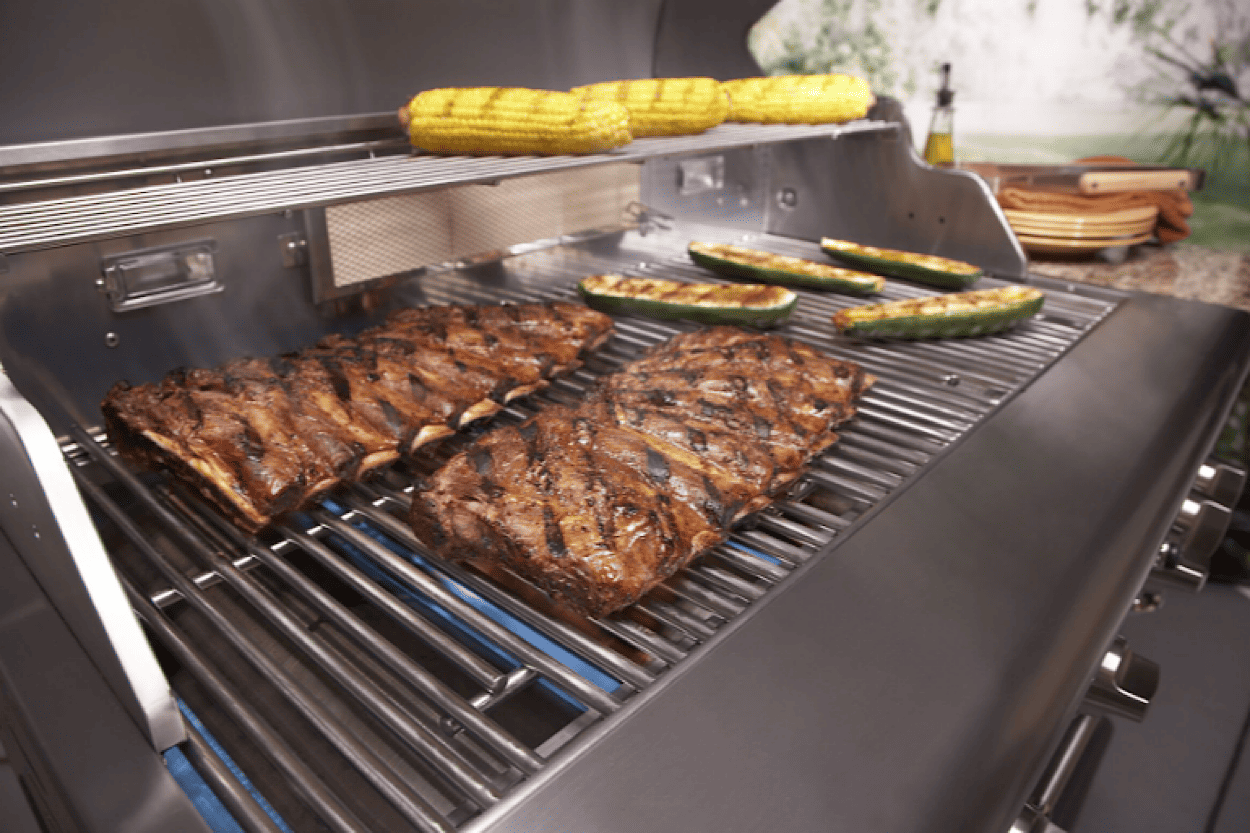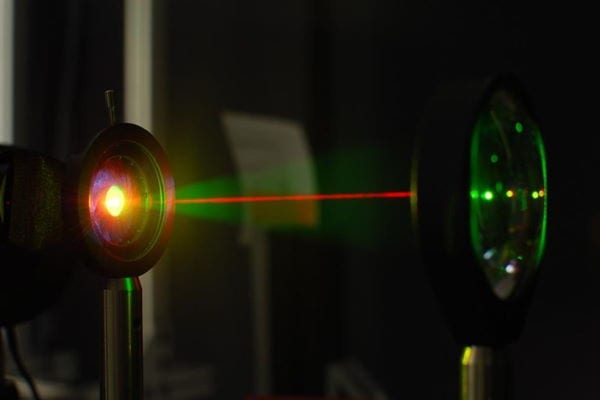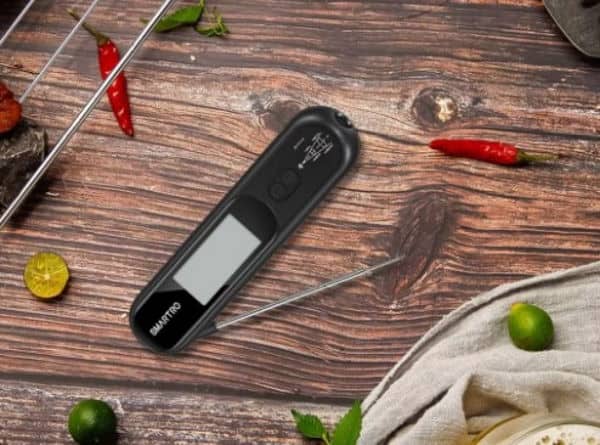
Are Infrared Thermometers Safe?
The pandemic saw a rise in the popularity of the infrared thermometer. It is quick, contactless, and convenient, making it the tool of choice for medical workers to scan body temperature. However, infrared thermometers have been around for decades before the pandemic. They are widely used in the kitchen, mechanical, and industrial settings. They are also the tools of choice for auto mechanics, air-conditioning maintenance, electricians, engineers, and chefs.
But how does an infrared thermometer work? And are infrared thermometers safe?
How infrared thermometers work
While different makes and models of infrared thermometers vary in specifics, most work on a similar principle. Infrared thermometers are handheld devices that measure the radiation emitted by a particular object.
Here is a quick 3-step summary of how infrared thermometers work.
Step 1 – Focused infrared light
Equipped with a thermopile, this thermometer focuses light on a particular object. It then measures the distance between the things surrounding the object and the wave of infrared radiation it emits.
Step 2 – Infrared radiation converted to an electrical signal
The thermopile absorbs the emitted infrared radiation and converts that data into an electrical signal.
Step 3 – Electrical signal
The electrical signal is then related to the thermocouple (the sensing mechanism of the infrared thermometer), which then displays it as the temperature reading.
This 3-step process lasts only a few seconds (or even faster), making infrared thermometers extremely efficient in different applications.

Are infrared thermometers safe?
The short answer is yes. Infrared thermometers are entirely safe.
The long answer is the concern about the safety of infrared thermometers developed chiefly on social media, with some stating this type of thermometer is harmful to the people it comes into contact with. However, this is merely a rumor, and there is nothing dangerous about infrared thermometers.
The main concern with this type of thermometer is that it exposes people to infrared radiation. However, infrared radiation is already emitted by almost everything on the planet; even ice cubes emit extremely low levels of infrared radiation. The hotter the object is, the more infrared radiation it emits. While radiation exposure can be harmful to humans (excessive exposure to sunlight can cause sunburn, which may lead to eye damage and skin cancer), the thermometer DOES NOT emit infrared radiation. It ONLY MEASURES the infrared radiation that an object emits.
By measuring the amount of infrared radiation that a specific object (or humans) emit, it can provide an accurate reading of the temperature of that object (through a particular range). This range is minimal, and newer models of infrared thermometers are becoming extremely accurate.
Frequently Asked Questions
Q. What’s the purpose of the laser in infrared thermometers?
A. The laser in infrared thermometers works as a guide that shows where the thermometer is being pointed. It doesn’t read the object’s temperature. The laser helps in steadying the aim to ensure you are telling the instrument exactly where you want to measure the temperature.
Depending on the make and model, the infrared thermometer measures the temperature around, above, or below where the laser is being pointed. Some infrared thermometers use two lasers and read the temperature between the two red dots. Moreover, depending on the infrared optics, the diameter of the measured area will change when you measure from a farther distance. They call this optimal range, and understanding the optical spectrum of your instrument will help you get the most accurate temperature reading, especially when it comes to cooking. Different brands of thermometers may have slightly different optical ranges.
Q. Can a kitchen infrared thermometer read the food’s internal temperature?
A. No, infrared thermometers are specifically designed to read the surface temperature of the object. That’s what it does. It is quick, easy, and convenient to use, which is why it is a tool for medical workers to read body temperature.
When it comes to cooking, be it baking, grilling, roasting, or smoking, kitchen infrared thermometers will only give you the food’s surface temperature. And depending on your tool’s optical range, it is also great for measuring the temperature of the oven, skillet, and surrounding grill. Nevertheless, if you need an accurate internal temperature reading, especially when cooking large and thick slices of meat, you will need a thermometer with a penetration probe.

Q. Where else can you use kitchen infrared thermometers?
A. An infrared kitchen thermometer is ideal for measuring the surface temperature of hot oil, which is vital for deep frying and tracking oil before its smoking point. It is also suitable for measuring the temperature of the iron skillet, sauté pan, soups, and even chocolate.
Infrared thermometers can also help keep certain ingredients hot or cool (by keeping track of their temperature) to keep active ingredients alive (milk and butter ingredients, yogurt, or anything with live cultures, etc.).
Infrared thermometers are also ideal for measuring the temperature of warm liquids. Make sure you stir the liquid slowly to ensure you are not measuring the temperature of the steam.
You can also use an infrared thermometer when barbecuing (using barbecue grates) and using pizza stones. The tool can shoot and measure temperature across the surface to get an accurate reading. This is great for determining hot and cold spots on the barbecue grate or pizza stone and helps maintain a uniform temperature across the surface.
Q. Are kitchen infrared thermometers similar to medical (forehead) thermometers?
A. Kind of. Medical thermometers are excellent for testing a person’s temperature quickly and conveniently without contact. It measures internal temperature from the outside and uses an algorithm to translate the reading, usually measured from 1.5″ in the middle of the forehead.
However, infrared thermometers for the kitchen and those designed for industrial use measure surface temperature over a broad range to suit their application in the kitchen or the industrial setting. The infrared medical thermometers, on the other hand, have a much narrower temperature range, as they are designed for accurate temperature measurement of the human body. Thus, infrared kitchen or industrial thermometers cannot be used interchangeably with medical thermometers.
Discover Other ChefsTemp Products
Discover more recipes and learn kitchen tricks by joining our cooking family on Facebook.
You may also like:















